
The geopolitical landscape in India is currently defined by an escalating urgency for robust national security, a reality underscored by persistent border tensions with neighboring states. This environment has significantly accelerated the nation’s critical Multi-Role Fighter Aircraft (MRFA) program, an ambitious initiative to acquire 114 advanced multi-role fighter jets. The decision, long in the making, now carries heightened strategic importance as India seeks to modernize its air force and enhance its defensive capabilities.
Amidst this crucial quest, Lockheed Martin, a global aerospace titan, has presented a compelling proposition to the Indian Air Force (IAF): the F-21 fighter jet. This offering, strategically branded with the evocative slogan “For India, From India,” goes beyond a mere aircraft sale. It represents a far-reaching industrial and strategic partnership, promising not only advanced air combat capabilities but also a significant boost to India’s burgeoning domestic aerospace manufacturing sector.
However, the designation “F-21” itself carries a fascinating and often-forgotten history within the annals of military aviation. While the current F-21 is a highly customized variant of the F-16 Block 70, tailored precisely to India’s operational needs, this numerical identifier was previously used by the United States military for an entirely different aircraft four decades ago. This deeper look explores the modern F-21’s capabilities and its profound implications for India’s defense future.
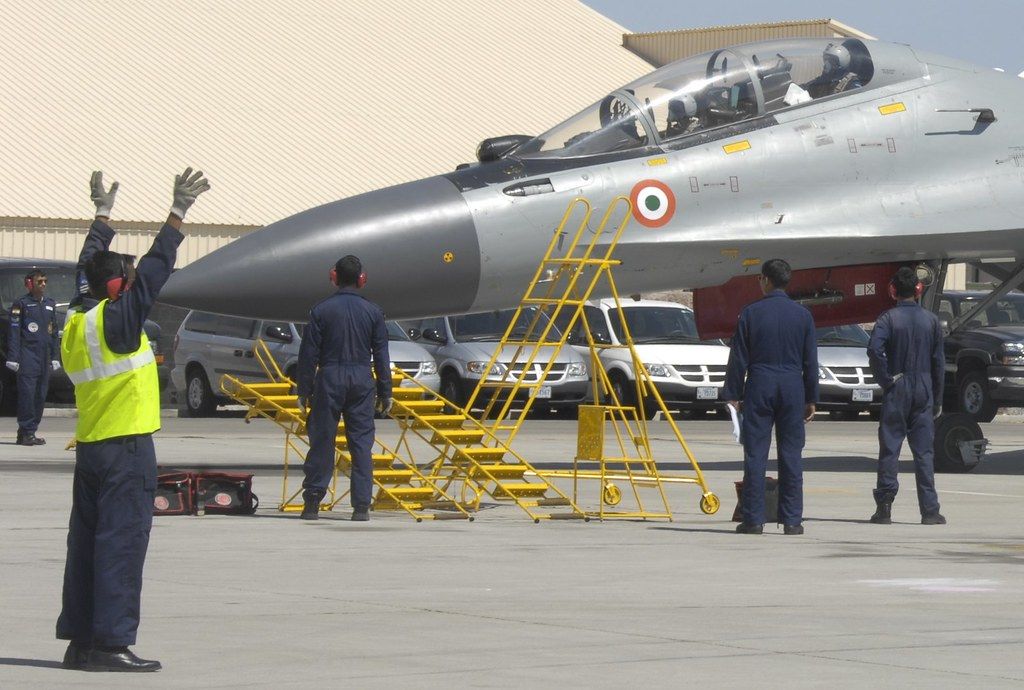
1. **The Indian Air Force’s Urgent Need for Multi-Role Fighters**
India’s security environment has necessitated a rapid re-evaluation of its defense procurement strategies. The Multi-Role Fighter Aircraft (MRFA) program, initially calling for 114 jets, is a direct response to rising security threats that demand an immediate upgrade to the Indian Air Force’s (IAF) capabilities. The prolonged nature of previous procurement efforts, often described as “sclerotic,” has left the IAF with pressing operational gaps.
In 2018, the IAF’s squadron strength had dwindled to 31, significantly below its sanctioned requirement of 42. Further compounding this challenge, two additional squadrons were slated for retirement in 2019, highlighting an urgent need for new acquisitions. This deficit underscores the critical importance of the MRFA program, which aims to infuse much-needed modern assets into the fleet, replacing older aircraft such as the aging MiG-21s.
The geopolitical context, marked by tensions with China and Pakistan, places a high premium on enhancing India’s rapid-response capability, deep-strike potential, and maritime patrol readiness. The acquisition of advanced multi-role fighters is therefore not merely an upgrade but a strategic imperative to maintain regional air superiority and ensure national security. This situation provides a compelling backdrop for the F-21 proposition.
Military equipment: Future of the Indian Air Force
Categories: All Wikipedia articles written in Indian English, All articles with dead external links, Articles with dead external links from February 2022, Articles with dead external links from June 2024, Articles with excerpts
Get more information about: Future of the Indian Air Force

2. **Lockheed Martin’s F-21 Pitch: “For India, From India”**
Lockheed Martin’s approach to the Indian MRFA program is distinguished by a strategic narrative that extends beyond traditional defense sales. Their proposition for the F-21 is encapsulated in the compelling slogan, “For India, From India,” signifying a deep commitment to industrial partnership. This is not simply an export deal but a foundational agreement designed to foster mutual growth within the defense sector.
Central to this unique offering is Lockheed Martin’s explicit intention to relocate the entire manufacturing line for the F-21 to India, should the deal be finalized. This significant commitment underscores a genuine partnership, aiming to transform India into a crucial aerospace manufacturing hub. Such a move aligns directly with India’s ambitious “Make in India” initiative, which seeks to boost domestic production and reduce reliance on foreign imports across various industries.
To facilitate this localized production, Lockheed Martin has already established a partnership with the TATA Group, a prominent Indian conglomerate. This collaboration is set to provide the necessary industrial infrastructure and expertise to support the in-country manufacturing of the F-21. The vision is to not only fulfill India’s immediate defense needs but also to position the nation as a potential exporter of F-21 aircraft to other countries in the future, cementing its role in global aerospace supply chains.
Military equipment: Indian MRCA competition
Categories: All articles containing potentially dated statements, All articles lacking reliable references, All articles with dead external links, All articles with unsourced statements, Articles containing Russian-language text
Get more information about: Indian MRCA competition
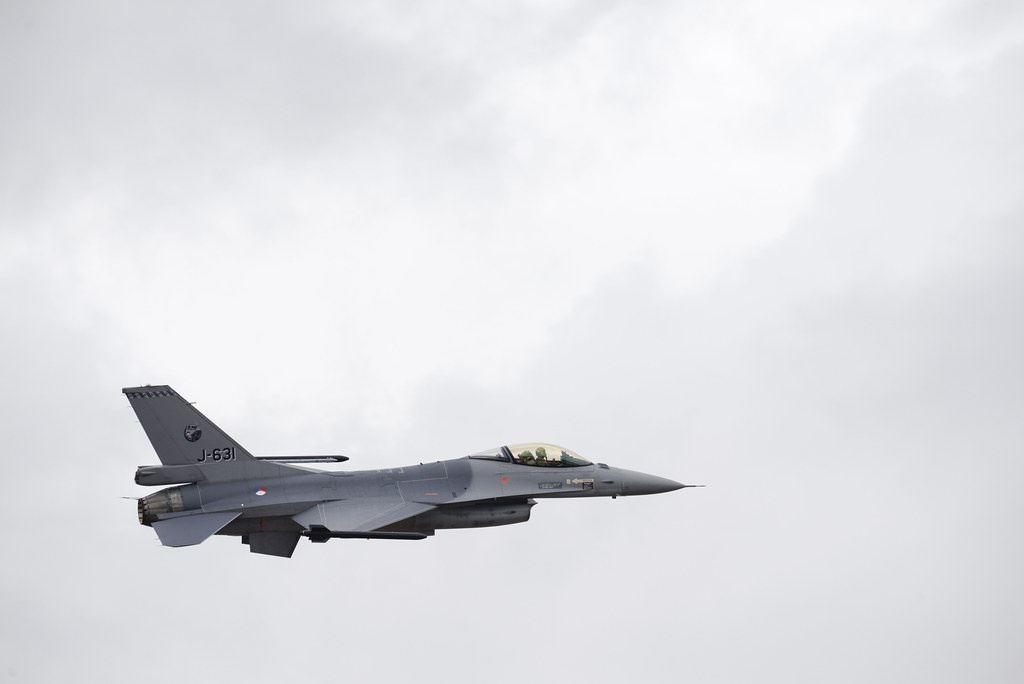
3. **The F-21’s Advanced Capabilities: A Modified F-16 Block 70/72**
The F-21 being offered to India is not an entirely new aircraft; rather, it represents a heavily modified and highly sophisticated variant of the globally successful F-16 Block 70. This platform is renowned as one of the most widely used fighter platforms in military aviation history, offering a proven and reliable foundation. However, Lockheed Martin has meticulously tailored this specific model to meet the distinct operational requirements of the Indian Air Force.
A defining characteristic of the F-21 is its integration of futuristic avionics, drawing inspiration from cutting-edge fifth-generation platforms such as the F-35 Lightning II and the F-22 Raptor. This incorporation of advanced technology elevates the F-21 beyond typical fourth-generation aircraft, establishing it as arguably the most sophisticated F-16 variant ever constructed. The design seeks to bridge the gap between legacy systems and next-generation capabilities, offering a unique blend of proven performance and advanced features.
Despite these significant upgrades, it is crucial to note that the F-21 maintains clear distinctions from true fifth-generation fighters. These differences are evident in several key aspects, including its airframe design, engine matrix, overall stealth features, and operational availability of its engines. While it integrates certain fifth-generation technologies, it does not possess the inherent low observability or full-spectrum sensor fusion capabilities characteristic of dedicated fifth-generation aircraft, thus positioning it as an advanced 4.5-generation platform.
Military equipment: Lockheed Martin F-35 Lightning II
Name: F-35 Lightning II
AircraftType: Multirole combat aircraft, strike fighter
NationalOrigin: United States
Manufacturer: Lockheed Martin
FirstFlight: Start date and age
Introduction: F-35B: 31 July 2015 (USMC), F-35A: 2 August 2016 (USAF), F-35C: 28 February 2019 (USN)
Status: In service
PrimaryUser: United States Air Force
MoreUsers: United States Navy, United States Marine Corps,#Operators
Produced: 2006–present
NumberBuilt: As of
Developed From: Lockheed Martin X-35
Categories: 2000s United States fighter aircraft, Aircraft first flown in 2006, Aircraft with retractable tricycle landing gear, All Wikipedia articles in need of updating, All Wikipedia articles written in American English
Get more information about: Lockheed Martin F-35 Lightning II
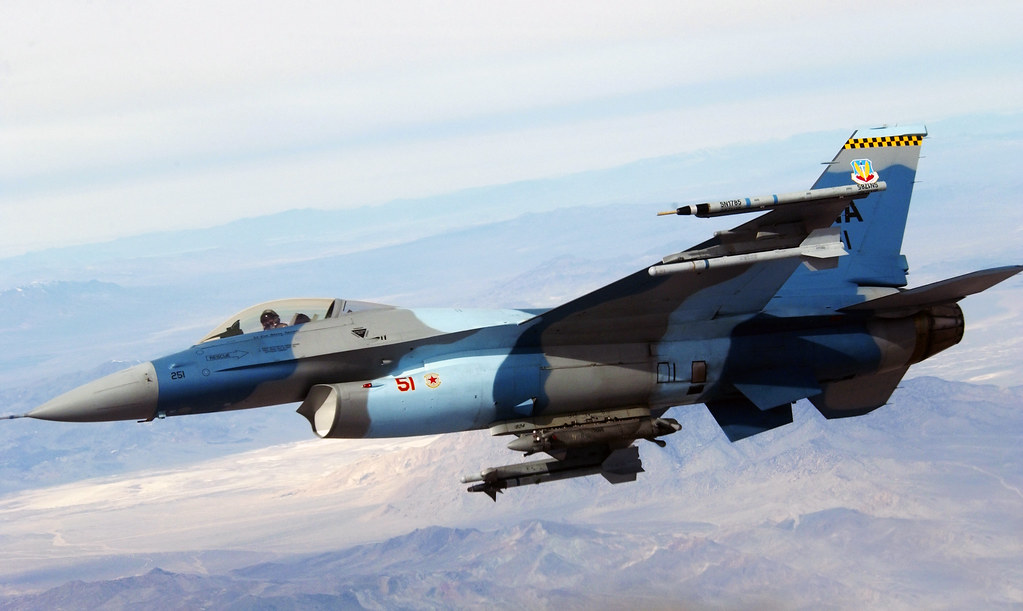
4. **Technical Specifications and Enhanced Features of the Modern F-21**
The F-21, as presented by Lockheed Martin, boasts an impressive array of advanced technical specifications and enhanced features designed to provide superior air combat performance. At its core, the aircraft is equipped with the advanced APG-83 Active Electronically Scanned Array (AESA) radar, offering significantly improved detection range, tracking capabilities, and multi-target engagement. This radar, combined with a long-range Infrared Search and Track (IRST) system, provides pilots with comprehensive situational awareness, crucial for modern aerial engagements.
The aircraft is uniquely configured for fuel efficiency and extended range, featuring both probe/drogue and boom-aerial refueling capabilities, making it the only fighter in the world with this dual functionality. Complementing this, the F-21 incorporates conformal fuel tanks, which seamlessly integrate into the aircraft’s airframe to extend its operational range without compromising aerodynamics or increasing drag significantly. Its cockpit benefits from a Large Area Display that leverages fifth-generation technologies, providing pilots with an intuitive and expansive interface for mission management.
Further enhancing its combat readiness, the F-21 is designed for enhanced survivability, though specific details on stealth features remain limited beyond general “RCS reduction.” It offers a robust 12,000-hour service life, promising long-term operational viability for the IAF. Notably, the F-21 is stated to possess 40% greater Air-to-Air firepower compared to legacy fighters, and it can be configured with a Triple Missile Launch Adapter, significantly increasing its offensive ordnance capacity. Physically, the F-21 has a wingspan of 31 ft (9.45 m), a length of 49.3 ft (15.09 m), a height of 16.7 ft (5.09 m), a maximum takeoff weight of 48,000 lb (21,772 kg), and a maximum speed of 1,500 mph (2,414 kmph).
Military equipment: Caracal pistol
Name: Caracal F
Caption: Caracal F pistol
Origin: United Arab Emirates
Type: Semi-automatic pistol
IsRanged: true
Service: 2007–present
UsedBy: #Users
Designer: Wilhelm Bubits
DesignDate: Fri Dec 31 2004 16:00:00 GMT-0800 (Pacific Standard Time)
Manufacturer: Caracal International
ProductionDate: 2006–Present
Variants: #Variants
Weight: 790 g
Abbr: on Caracal SC
Length: 178 mm
PartLength: 104 mm
Width: 28 mm
Height: 135 mm
Cartridge: 9×19mm Parabellum,9×21mm,.357 SIG,.40 S&W
Action: Recoil operation#Short recoil operation
Feed: box magazine
Sights: iron sight
Categories: .357 SIG semi-automatic pistols, .40 S&W semi-automatic pistols, 9mm Parabellum semi-automatic pistols, 9×21mm IMI semi-automatic pistols, All articles with dead external links
Get more information about: Caracal pistol
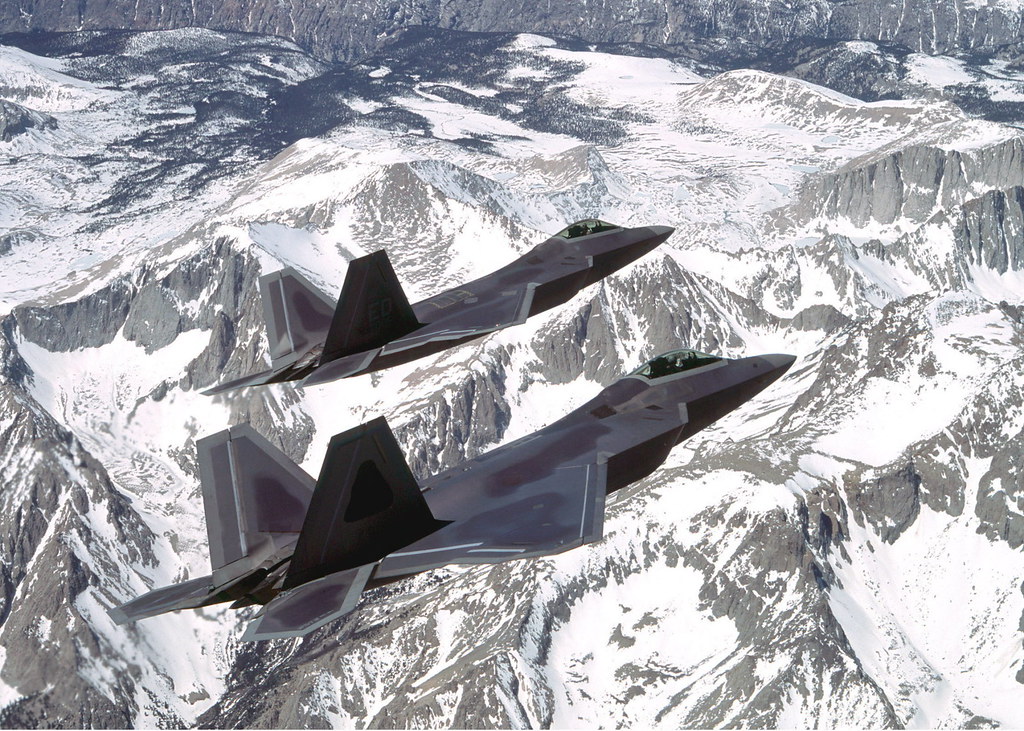
5. **The Strategic Imperative: Local Manufacturing and Technology Transfer**
Beyond the immediate acquisition of advanced aircraft, the F-21 proposal carries profound strategic implications for India’s defense sector, focusing heavily on local manufacturing and technology transfer. Lockheed Martin’s offering is structured not as a conventional arms sale, but as an industrial partnership aimed at fostering self-reliance within India’s defense ecosystem. This approach is designed to transform India into a regional aerospace powerhouse.
The core of this partnership involves transferring critical technology and facilitating the production of key components directly within India. This includes the potential for assembling the entire F-21 aircraft on Indian soil. Such a move would significantly reduce India’s historical reliance on foreign nations for cutting-edge fighter jets, enhancing its strategic autonomy in defense procurement and maintenance. It represents a tangible step towards indigenization, a long-held ambition for India’s military-industrial complex.
Through this arrangement, Indian companies, particularly the TATA Group as Lockheed’s partner, stand to gain invaluable skills and expertise. This includes the capabilities needed not only for manufacturing but also for the long-term maintenance, upgrading, and customization of advanced fighter jets to meet evolving defense requirements. The vision extends beyond domestic consumption, aiming to establish India as a hub for future exports of the F-21, thereby contributing to its economic growth and solidifying its position in the global defense market.
Military equipment: Supply chain management
Url: http://www.apics.org/dictionary/dictionary-information?ID=4202
Title: Supply chain management (SCM)
Publisher: APICS Dictionary
AccessDate: Mon Jul 18 2016 17:00:00 GMT-0700 (Pacific Daylight Time)
Quote: raw material
Categories: All articles needing additional references, All articles that may have off-topic sections, All articles to be split, All articles with a promotional tone, All articles with dead external links
Get more information about: Supply chain management

6. **The F-21’s Cost-Effectiveness and Long-Term Operational Benefits**
A critical consideration for any major defense acquisition, particularly for a nation with significant budgetary constraints, is the long-term operational cost. The F-21 is pitched as an aircraft that not only offers superior performance but also maintains lower long-term operational expenses. Lockheed Martin states that the F-21 has 30% lower long-term costs compared to other options, making it an attractive proposition for the Indian Air Force.
This cost-efficiency is primarily attributed to its design as a lighter, single-engine fighter jet. Unlike twin-engine aircraft, which inherently consume more fuel and incur higher maintenance overheads, the F-21’s single-engine configuration results in reduced fuel consumption, making it more efficient and economical to operate over its extensive service life. This also contributes to a smaller carbon footprint, aligning with broader environmental considerations where applicable.
Moreover, the F-21 is designed as a long-term platform for continuous improvement, featuring a flexible design with modular components and open architecture systems. This inherent adaptability allows for step-by-step upgrades as radar systems, sensors, and missiles evolve. By choosing a system that is not confined to a fixed design, India gains the assurance that its air force can adapt to future technological advancements and emerging challenges without the prohibitive cost of completely overhauling or replacing its core equipment. This forward-looking design ensures sustained relevance and capability.
Military equipment: Cost–benefit analysis
Categories: All accuracy disputes, All articles with bare URLs for citations, All articles with dead external links, Articles with PDF format bare URLs for citations, Articles with bare URLs for citations from March 2022
Get more information about: Cost–benefit analysis
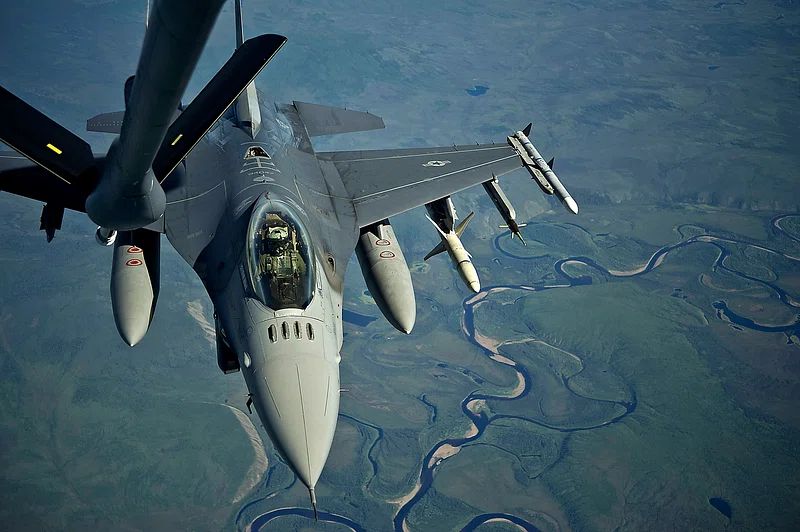
7. **The Unique “Bisexual” Refuelling Capability of the F-21**
Among the array of features tailored for the Indian Air Force, one stands out as a unique “India only” requirement: the F-21’s ability to accommodate both types of air-to-air refueling methods. This distinctive capability allows the aircraft to refuel via either a boom or a probe-and-drogue system, a flexibility not found in any other fighter jet globally. This engineering feat addresses a specific operational need within the IAF, which operates various tanker aircraft utilizing different refueling standards.
A Lockheed Martin spokesman, while briefing on the design at India’s 2018 DefExpo, highlighted the strategic advantage of this feature. He stated, “Now the really cool thing—the Indian Air Force airplanes, from a refueling perspective, will be bisexual—you can refuel either via boom or via probe and drogue.” He further elaborated on its significance for coalition interoperability, explaining, “You could stay airborne indefinitely. I can pick up gas from any of the tankers out there—I don’t care what they are. That’s a unique capability—nobody else has that.”
This capability ensures that the F-21 can receive fuel from any tanker, whether it employs a boom or a basket system, greatly enhancing its operational reach and endurance. Such versatility is invaluable for long-duration patrols, extended combat missions, and seamless integration with diverse international air forces during joint exercises or operations. It provides the IAF with unparalleled flexibility in its logistical planning and execution, maximizing the F-21’s utility in various operational scenarios.
Military equipment: KC-130J Hercules
Manufacturer: Lockheed Martin
Categories: Marine Corps Aircraft, Marine Corps Equipment, Military Aircraft, Tanker Aircraft, Transport Aircraft
Get more information about: KC-130J Hercules
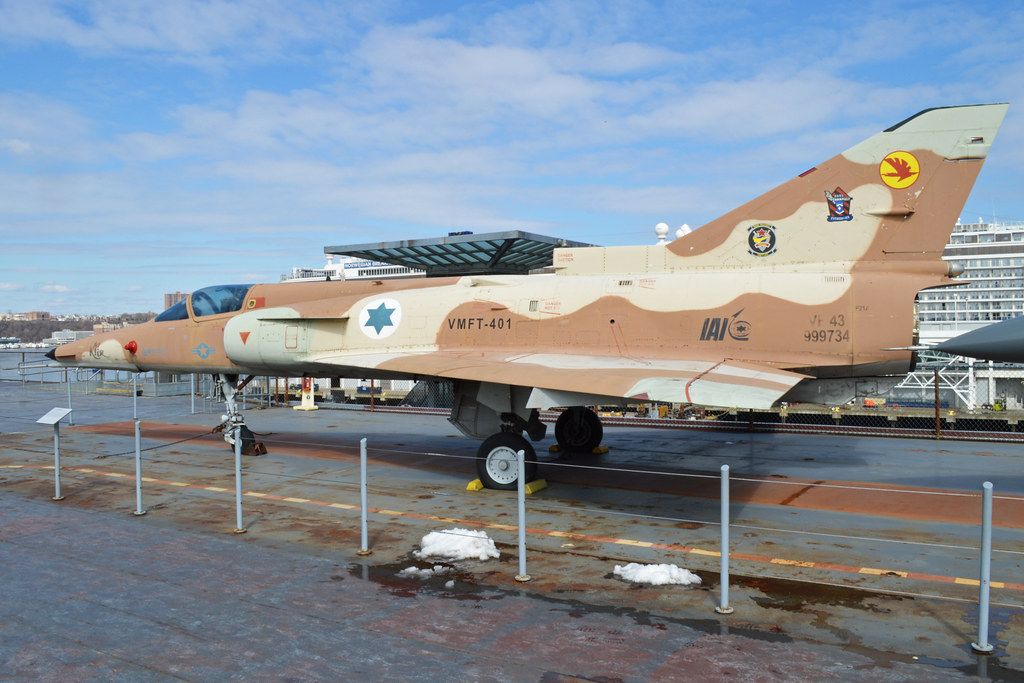
8. **The Forgotten F-21: Israel’s Kfir Jet**
While the modern F-21 proposal by Lockheed Martin captures headlines with its promise of advanced capabilities and industrial partnership, the designation “F-21” itself carries a fascinating and largely forgotten history within the United States military. Decades ago, long before Lockheed envisioned the current F-21 for India, the U.S. operated an aircraft under this very name. This original F-21 was not American-made, nor was it a variant of the F-16; it was, in fact, an Israeli-built fighter jet known as the Kfir.
In 1985, a fleet of 25 Israeli Kfir C.1 fighters was quietly inducted into the United States Navy and Marine Corps, bearing the new designation F-21A. The name Kfir, meaning “young lion” in Hebrew, was an apt one for an aircraft born out of necessity and ingenuity by Israel Aircraft Industries (IAI). Its presence in the U.S. inventory marked a unique, though temporary, chapter in American military aviation history, serving a very specific and unconventional purpose for a foreign-developed fighter.
These weren’t stealthy, multi-role combatants destined for front-line engagements; instead, their role was far more specialized, highlighting an intriguing period of Cold War tactical improvisation. The story of the original F-21 is a testament to adaptive defense strategies and the unexpected avenues through which military cooperation can manifest, laying a historical backdrop that contrasts sharply with the contemporary F-21’s ambitious strategic intent for India.
Military equipment: List of United States fighter aircraft
Categories: All articles lacking reliable references, All articles needing additional references, All articles with dead external links, All articles with unsourced statements, Articles lacking reliable references from August 2024
Get more information about: List of United States fighter aircraft
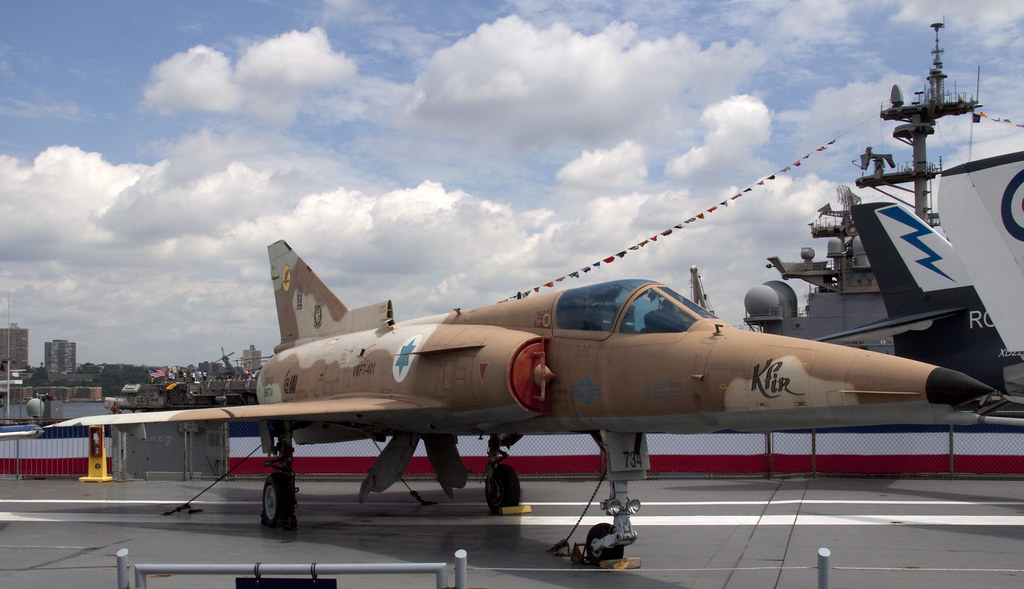
9. **Why the U.S. Military Leased an Israeli Fighter for Training**
The decision by the U.S. Navy and Marine Corps to lease Israeli Kfir jets in the mid-1980s stemmed from a pressing need to enhance their air-combat training capabilities. At the time, American pilots were utilizing older aircraft like the Douglas A-4 Skyhawk, the Northrop F-5 Freedom Fighter, and the T-38 Talon trainer to simulate adversarial forces for air-combat maneuver (ACM) training. However, these aircraft were increasingly limited in their ability to accurately mimic the performance characteristics of advanced Soviet fighters, particularly the formidable MiG-23 Flogger, which posed a significant conceptual threat.
The U.S. Navy had initially hoped to acquire the F-16 Fighting Falcon for this crucial “dissimilar” adversary role, given its modern performance envelope. Yet, the F-16 was a new and highly prioritized asset, with the U.S. Air Force having first claim over the limited supply. This left the Navy and Marines in a challenging position, urgently seeking an alternative solution to bridge the gap in their high-fidelity adversary training until more suitable domestic platforms became available.
It was against this backdrop that Marvin Klemow, a senior representative for Israel Aircraft Industries (IAI) in the United States, identified a fortuitous opportunity. He learned of the U.S. military’s need for advanced adversarial aircraft just as the Israeli Air Force (IAF) was retiring its fleet of Kfir C.1 aircraft. Klemow swiftly proposed leasing these available Israeli warplanes for the ACM role, presenting a timely and cost-effective solution that the Pentagon, facing its own strategic training deficit, found highly appealing and ultimately accepted.
Military equipment: Israel–United States relations
Map: Israel USA Locator.svg
Mission1: Embassy of Israel, Washington, D.C.
Mission2: Embassy of the United States, Jerusalem
Envoytitle1: Ambassador of Israel to the United States
Envoy1: Yechiel Leiter
Envoytitle2: List of ambassadors of the United States to Israel
Envoy2: Mike Huckabee
Categories: All Wikipedia articles written in American English, All articles containing potentially dated statements, All articles lacking reliable references, All articles that may be too long, All articles to be expanded
Get more information about: Israel–United States relations
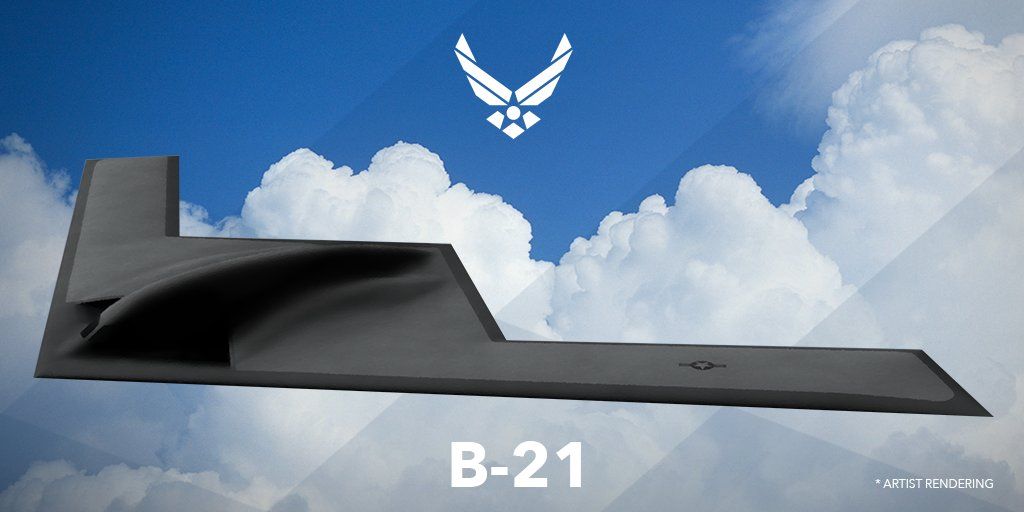
10. **The Unique Lease Agreement: A Cold War Partnership**
The acquisition of the Kfir jets by the United States military was not a conventional purchase but rather an unprecedented leasing arrangement, reflecting a unique symbiotic relationship forged during the Cold War. In 1984, a comprehensive three-part agreement was meticulously struck between the two nations, outlining the terms of this unusual defense cooperation. Crucially, the Kfir jets were to be leased to the U.S. at no financial cost, an extraordinary concession that underscored the strategic value of the collaboration.
Furthermore, the agreement stipulated that the U.S. government would ensure the aircraft were maintained rigorously in accordance with Israeli Air Force (IAF) standards. This provision was vital, enabling the Kfirs to be recalled for service in Israel should the need arise, maintaining their operational readiness for their original owners. In a clear demonstration of reciprocity, the U.S. Navy committed to providing Israel with a similar free-lease arrangement for some of its American weaponry, creating a balanced and mutually beneficial exchange of military assets and expertise.
By April 29, 1985, the first of the 25 Kfir C.1 fighters officially arrived at Naval Air Station Oceana, Virginia, marking the formal initiation of their service with the U.S. forces. Designated as F-21A, these aircraft were strategically distributed between two key squadrons: twelve were assigned to the U.S. Navy’s Fighter Squadron 43 (VF-43) headquartered at NAS Oceana, while the remaining thirteen were operated by the U.S. Marine Corps’ Marine Fighter Training Squadron 401 (VMFT-401) at Marine Corps Air Station Yuma, Arizona. In their new roles, these F-21As proved instrumental in simulating Soviet MiG aircraft, particularly the fast and powerful MiG-23 Flogger, pushing American pilots to the limits of their tactical capabilities.
Military equipment: Origins of the Cold War
Categories: All articles with unsourced statements, Articles with hAudio microformats, Articles with short description, Articles with unsourced statements from August 2007, Articles with unsourced statements from December 2017
Get more information about: Origins of the Cold War
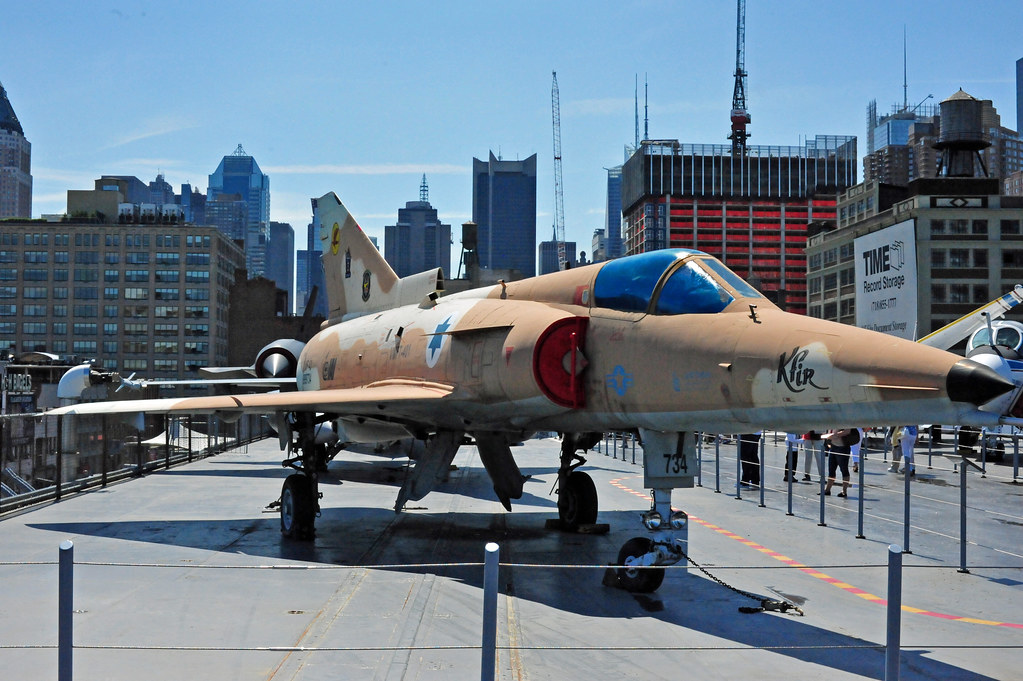
11. **The Kfir’s Genesis: A Story of Self-Reliance and Innovation**
The very existence of the Kfir fighter jet is a powerful narrative of national resilience and ingenuity, born directly from geopolitical adversity. Its origins trace back to the aftermath of the Six-Day War in 1967, when France, once a key supplier of advanced military aircraft to Israel, imposed an arms embargo. This abrupt halt in deliveries left Israel in a precarious position, particularly concerning the 50 Mirage 5J fighters that had already been constructed and paid for, but were now undeliverable.
Instead of succumbing to this strategic setback, Israel chose a path of radical self-reliance. Its aerospace industry embarked on an ambitious program to reverse-engineer the Mirage 5, a daunting task that ultimately led to the creation of the Nesher fighter. This initial success laid the groundwork for further innovation, culminating in the development of the more sophisticated, all-weather, multirole, and Mach 2-capable Kfir fighter jet. The Kfir, while sharing external similarities with the Mirage 5, represented a significant indigenous advancement, embodying Israel’s determination to forge its own defense capabilities.
The development of the Kfir was a strategic imperative, designed to ensure Israel’s air superiority and reduce its dependence on volatile foreign supply chains. It became a profound symbol of the nation’s capacity to overcome external pressures through technological mastery and a relentless pursuit of military independence.
Military equipment: F-16 Fighting Falcon
Contractor: Lockheed Martin Corp.
Service: USAF
Armament: M-61A1 20mm cannon; external stations can carry up to six air-to-air missiles, conventional air-to-air and air-to-surface munitions and electronic countermeasure pods
Power Plant: F-16C/D: one Pratt and Whitney F100-PW-200/220/229 or General Electric F110-GE-100/129
Speed: 1,500 mph (Mach 2)
Range: 2,002 miles
Categories: Military Aircraft, Air Force Aircraft, Air Force Attack Aircraft, Air Force Fighters, Attack Aircraft
Get more information about: F-16 Fighting Falcon
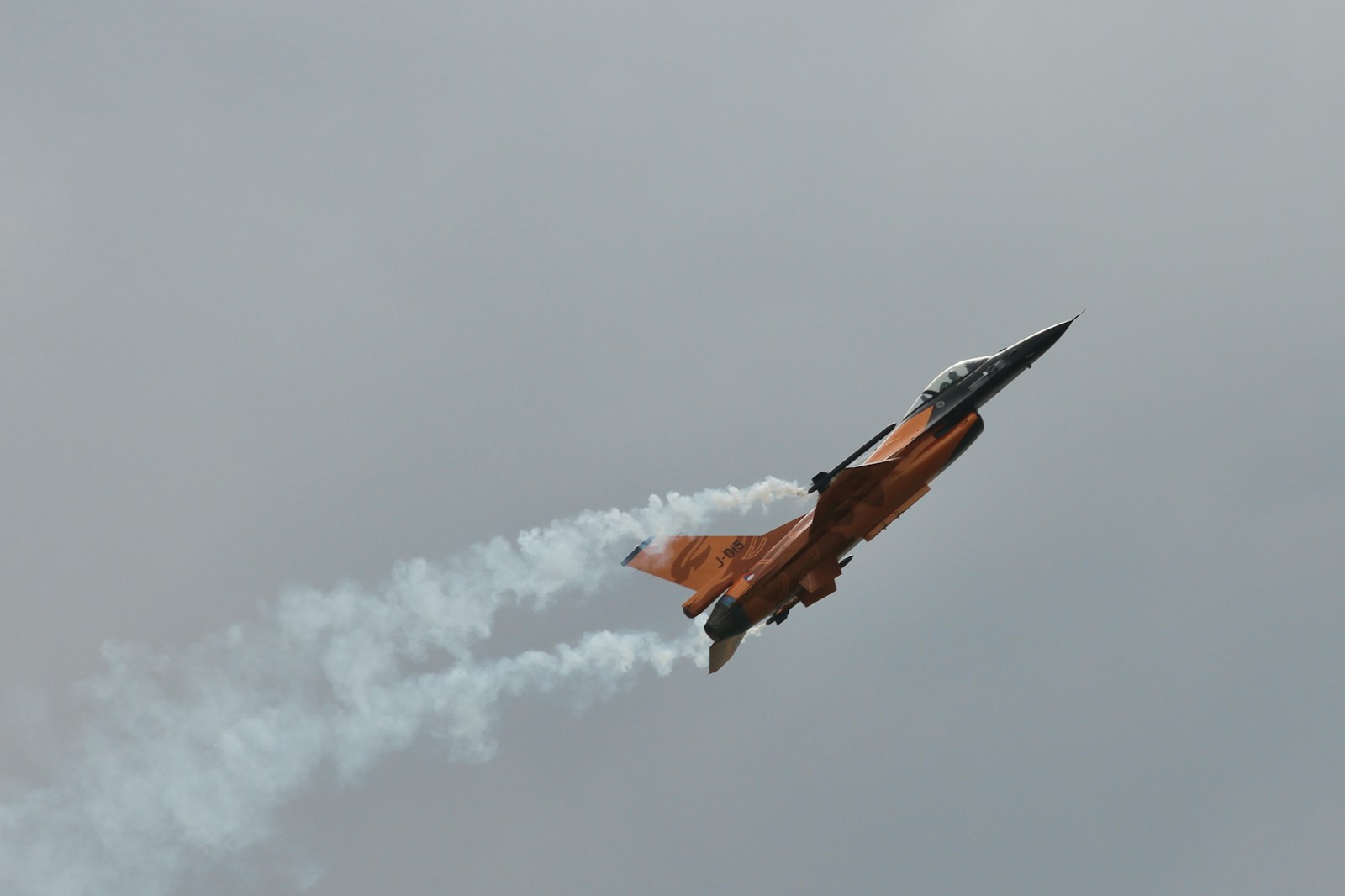
12. **Technical Prowess and Limited Combat: The Kfir’s Legacy**
The Kfir, a product of Israel’s innovative aerospace industry, boasted impressive technical specifications that distinguished it from its Mirage 5 predecessor. Central to its enhanced performance was the integration of the American-made General Electric J79 turbojet engine, the same powerplant found in the venerable F-4 Phantom. This powerful engine propelled the Kfir to a formidable top speed of 1,520 miles per hour, complemented by a service ceiling of 58,010 feet and an exceptional climb rate of approximately 46,000 feet per minute, making it both fast and agile.
Beyond raw speed, the Kfir was equipped with the Elta EL/M-2001 fire-control radar, providing crucial look-down and shoot-down capabilities. For armament, it carried two 30mm DEFA 553 guns, each with 140 rounds, and could be configured with a diverse array of missiles, including the AGM-65 Maverick for ground targets, and air-to-air options like the Shafrir and AIM-9 Sidewinder, alongside the Shrike anti-radiation missile. Notably, the Kfir was also celebrated as an “impressive bomb truck,” capable of carrying more than 6 tons of payload, showcasing its versatility as a multi-role platform.
Despite its advanced capabilities, the Kfir saw relatively limited combat action under Israeli colors, performing primarily as a reconnaissance escort and strike aircraft in conflicts like Operation Peace for Galilee in 1982. Its most significant air-to-air engagement resulted in one confirmed kill on July 27, 1979, when an Israeli Kfir downed a Syrian MiG-21. While the F-15 Eagle and F-16 Fighting Falcon later became the primary fighters for the Israeli Air Force, the Kfir’s robust design and adaptability made it an excellent export success, finding service with air forces in Colombia, Ecuador, and Sri Lanka, where it proved its enduring value.
Military equipment: Foreign relations of Israel
Categories: All articles containing potentially dated statements, All articles lacking reliable references, All articles that may be too long, All articles with dead external links, Articles containing potentially dated statements from August 2006
Get more information about: Foreign relations of Israel

13. **India’s Protracted MRFA Program: A “Circus” of Delays and Challenges**
The narrative of India’s Multi-Role Fighter Aircraft (MRFA) program is a protracted saga marked by bureaucratic inertia, shifting requirements, and staggering costs, often described by defense publications as a “circus.” The quest for 114 advanced multi-role fighter jets is a re-run of an earlier, equally complex tender known as the Medium-MultiRole Combat Aircraft (M-MRCA), which unofficially began around 2005. This initial endeavor, touted as one of the largest export fighter aircraft sales of its time, was intended for an original buy of 126 units with options for 63 more, attracting global aerospace giants like Boeing, Dassault, Eurofighter, Saab, Mikoyan, and Lockheed Martin.
However, after nearly seven years of an “endless selection process” and two more years of “fruitless deliberations” on localized production, India’s government ultimately abandoned the M-MRCA tender in 2014. Instead, it opted for an emergency purchase of just 36 Dassault Rafales directly off-the-shelf from France, a decision driven by an urgent need to address critical operational gaps in the Indian Air Force (IAF). This limited acquisition, while crucial, consumed approximately $9 billion of the maximum $12 billion allotted for the program, leaving the IAF still short of over 100 aircraft against its modernization targets.
The current iteration, M-MRCA 2.0, or the MRFA program as it is now known, continues to grapple with these inherent challenges. Initially conceived as a competition for lower-priced, single-engine aircraft, it has predictably expanded to include virtually every competitor from the first tender, alongside new entries, rendering the “Medium” in its title almost meaningless. The ongoing delays, combined with India’s “sclerotic” and often “hopeless” procurement processes, cast a long shadow over the feasibility of organizing the necessary localized production, a core requirement of the tender, and raise significant doubts about the timely acquisition of these critical assets.
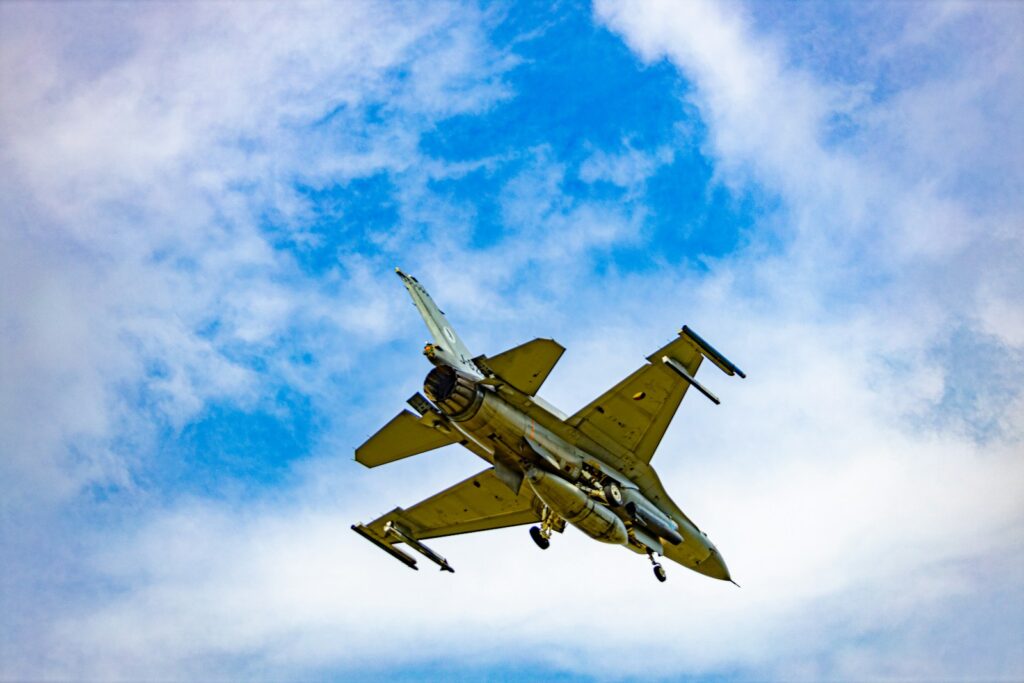
14. **Geopolitical Undercurrents and the “Rolex Mentality” Behind India’s Fighter Choices**
Beyond technical specifications and strategic imperatives, the dynamics of India’s fighter acquisition program are deeply intertwined with complex geopolitical considerations and unique national perceptions. One intriguing factor cited by U.S. defense executives with extensive experience in India is the “Rolex mentality.” This perspective suggests that India, as a market, often associates a higher model number with inherent superiority, implying that rebranding the F-16 as the F-21 could psychologically position it as a more advanced or exclusive product, irrespective of the underlying technical modifications.
Another potent influence is India’s long-standing rivalry with Pakistan. With Pakistan having operated F-16s for decades, a significant segment of Indian opinion remains resistant to acquiring a weapon system perceived to be shared or previously used by its primary adversary. As one industry colleague succinctly put it, “a weapon system used by Pakistan is never going to be purchased by India unless you find a way to call it something else.” This cultural and historical context significantly informed Lockheed Martin’s strategic decision to redesignate the F-16 Block 70/72 as the F-21 specifically for the Indian tender, seeking to differentiate it beyond its advanced capabilities.
Ultimately, the confluence of budgetary constraints, complex procurement procedures, and these deeply rooted geopolitical and nationalistic sentiments makes the path to any significant fighter acquisition in India exceptionally challenging. With the IAF’s squadron strength significantly below sanctioned levels in recent years, the urgency for new aircraft is undeniable. However, the sheer scale of the required purchase, combined with the formidable task of establishing localized production, leads many observers to believe that the successful conclusion of the MRFA program, even for a compelling offer like the F-21, remains a “long shot.” The complexities of winning, as one Russian colleague suggested, could arguably be worse than the consequences of losing.
Military equipment: F/A-18E/F Super Hornet
Manufacturer: Boeing
Categories: Attack Aircraft, Fighter Aircraft, Military Aircraft, Navy Aircraft, Navy Attack Aircraft
Get more information about: F/A-18E/F Super Hornet
In two distinct periods, separated by decades and vastly different geopolitical landscapes, the F-21 designation has emerged as a symbol, linking Israeli ingenuity, American strategic adaptability, and Indian defense aspirations. The first F-21, the Israeli Kfir, served quietly and briefly as a critical training tool during the Cold War, a testament to tactical improvisation and international military cooperation. Its story is one of necessity and unexpected partnership, fading into history as its mission concluded. The second F-21, however, arrives on the global stage with considerable fanfare, embodying Lockheed Martin’s ambitious industrial proposal and India’s determined push for defense modernization. This modern F-21 represents more than just a fighter jet; it is a meticulously crafted strategic offering, promising to reshape India’s aerospace capabilities and redefine its position in the global defense manufacturing landscape. Whether this contemporary F-21 ultimately takes flight in Indian colors, its narrative is already rich, weaving together forgotten chapters with the compelling possibilities of tomorrow, making the name itself a profound bridge between eras, ideas, and ambitions.



